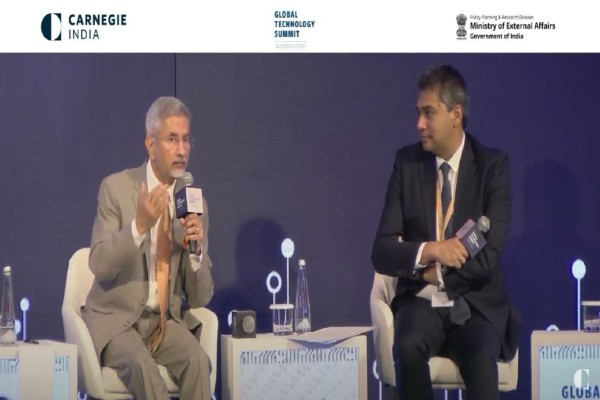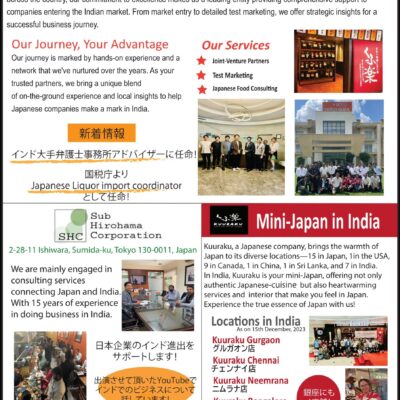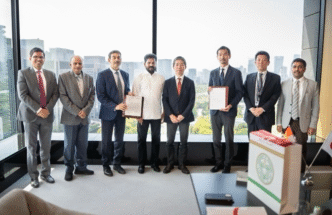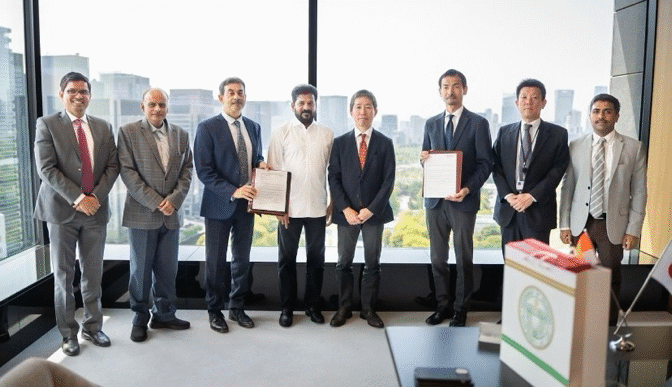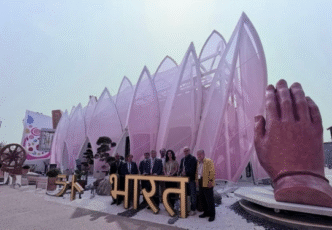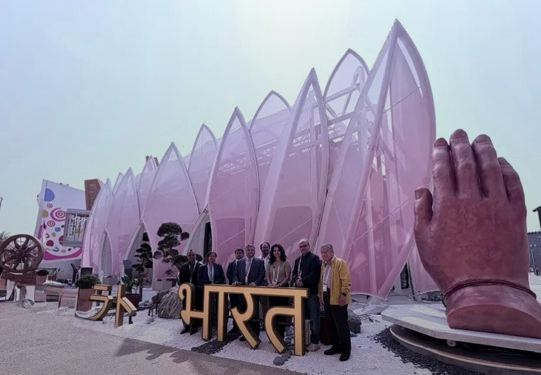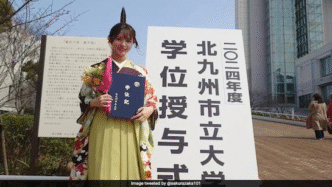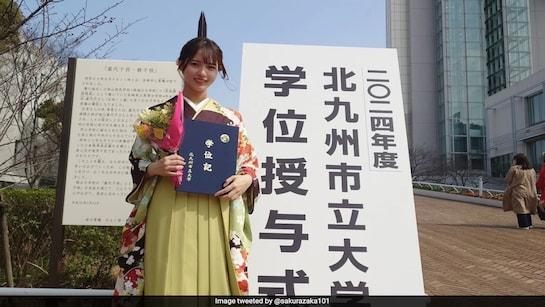Dr. S. Jaishankar on Tech and Tariffs: India’s foreign minister gives a candid assessment of Big Tech, global power, and what the future holds.
“If you are a diplomat, you would not wish to be wedged between technology and tariffs,” said Dr. S. Jaishankar with a smile—and suddenly a room full of policy professionals, diplomats, and tech titans was wide awake.
During the 9th Carnegie Global Technology Summit in New Delhi, India’s External Affairs Minister did not merely make a speech. He provided a reality check—tinged with humor, rooted in strategy, and squarely targeting the heart of global geopolitics.
So what’s actually happening in this chaotic, digital, and highly polarized world? Why are two innocuous words—technology and tariffs—rocking international diplomacy? And what’s India’s role in this emerging tech-driven world order?
Let’s break down Jaishankar’s message.
What’s with the “Two Ts”?
It sounded almost flippant, though—”The other T word…”—but Jaishankar’s intention was sincere. Tariffs and technology are no longer sideline economics. These days, they are in the headlines in foreign policy, national security, and international alignment.
Consider: chips, artificial intelligence, data control, digital transactions, and even the applications on which we chat or make trade—each one is dictating who gets power and who does not.
Technology is not a tool anymore. It’s a war zone.
Three Big Powers, Three Big Shifts
The world tech map is being reconfigured by three powers, says Jaishankar: the United States, China, and Europe.
• The U.S., he said, has totally transformed the way it interacts with the world. No more free-market, hands-off optimism. Now, technology is inextricably linked with America’s foreign policy. From Vice President Harris’s speeches to Biden’s AI summits, the word is out: Tech = Power.
•China is more subtle—but no less assertive. With AI tools such as DeepSeek and dramatic thrusts in surveillance, chip production, and quantum studies, China is establishing a tech empire quietly. Jaishankar likened it like a slow flood—silent, yet transforming.
• Europe, once the master of hedging, now finds itself squeezed between U.S. pressure, China’s rise, and Russia’s unpredictability. As Jaishankar eloquently put it: “From the best of all worlds, you can end up with the most difficult of all worlds.”
Where does India come in in all of this? Not only as a middle player—but as a bridge, a balancer, and perhaps even a blueprint.
Is India Ready to Lead?
Jaishankar wasn’t merely analyzing others—he was presenting a vision for India.
The theme of the summit, Sambhavana (possibility), was no coincidence. He presented a strong argument that India possesses something China and the U.S. cannot quite match: a democratic, scalable, and ethical model of digital expansion.
India’s Digital Public Infrastructure—such as Aadhaar, UPI, DigiLocker, and CoWIN—has been a quiet revolution. “We are offering the source code, not surveillance,” Jaishankar explained, a wry dig at Silicon Valley as well as Beijing.
It’s not merely being a consumer of tech. It’s being a builder, a refiner, a leader.
Why Talent Might Be the Next Power Tool
In the chip-and-cloud-obsessed world, Jaishankar reminded us of a higher reality: “The flow of talent is today of much greater salience.”
Ponder on that. Talent—and not territory—may characterize 21st-century power.
India, with its young people and expanding digital economy, can aspire to become the world’s talent hub. From luring Global Capability Centers (GCCs) to streamlining visa regimes and expanding skilling initiatives, the potential exists.
But the problem is as large as well: How do you retain talent at home, yet remain connected to the world?
Where Does This Leave Us?
Jaishankar concluded with a variation on a now-overused idiom: “If data is the new oil…”
He posed:
• Who are the consumers?
• What’s the mode of consumption?
• Where are the refineries?
• And how do we trade this new commodity?
It’s not just rhetoric. It’s a wake-up call. India doesn’t wish to be merely a data mine—it aspires to refine, regulate, and profit responsibly.
A Final Word
Jaishankar’s summit address wasn’t boisterous. It wasn’t combative. But it was piercing. It presented a new way of viewing a world in which diplomacy isn’t solely about treaties—but about TikTok bans, chip wars, and talent pipelines too.
Are we ready for this new reality?
More importantly: Can India not just ride out the storm—but assist in rethinking the ship?
The world, in Jaishankar’s view, isn’t being reconfigured. It’s available for grabs. And in that turmoil is the greatest sambhavana of all.
Source: https://stratnewsglobal.com/india/two-ts-one-planet-jaishankars-big-tech-reality-check/
Frequently Asked Questions
A: Jaishankar emphasized that technology and tariffs are now central to global diplomacy and power dynamics, no longer just economic terms.
Q: How is India positioning itself in global tech geopolitics?A: India aims to lead with a democratic, scalable, and ethical digital model, offering infrastructure like UPI, Aadhaar, and DigiLocker.
Q: Why is talent important according to Jaishankar?A: Jaishankar highlighted that in the modern world, the flow of talent is more crucial than territory, and India has the potential to be a global talent hub.


